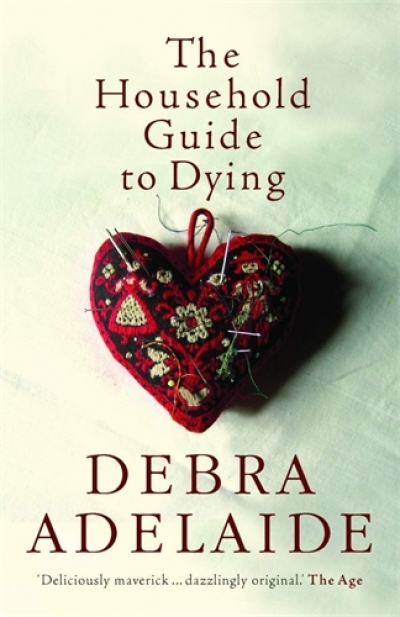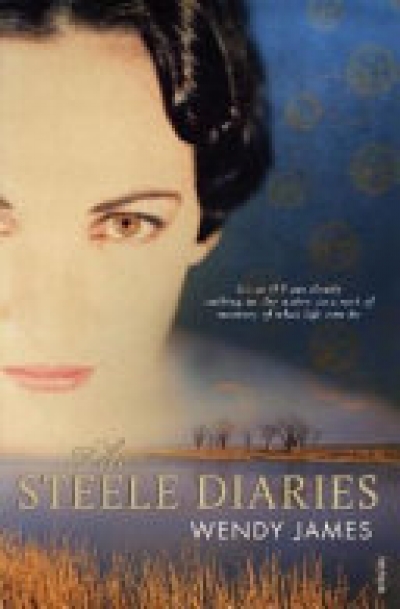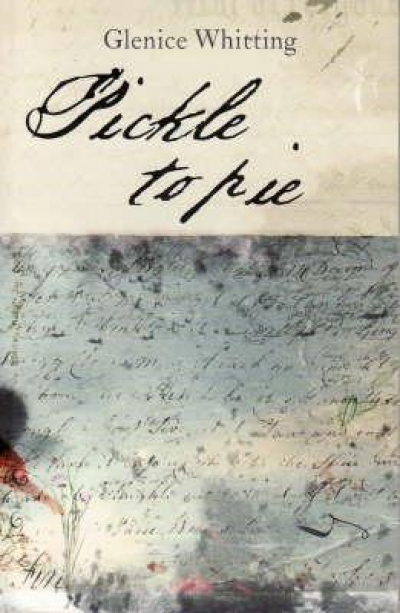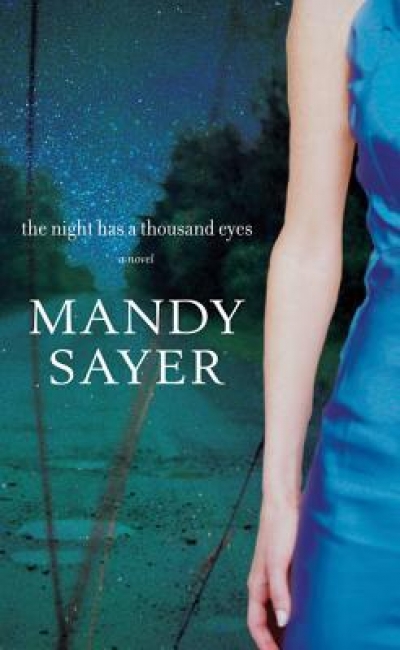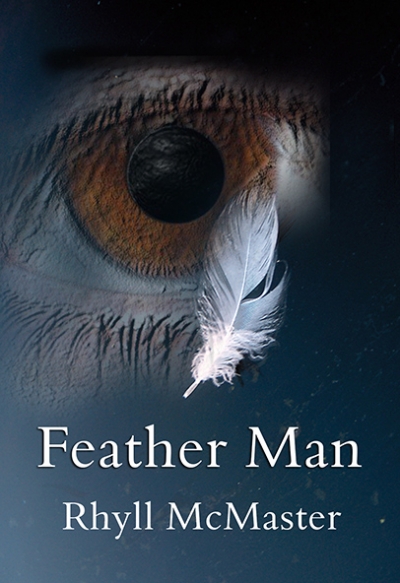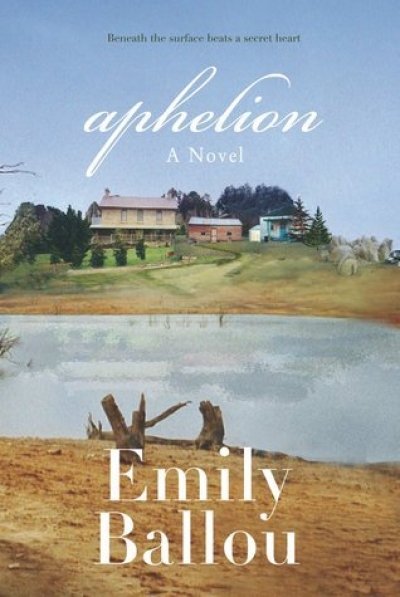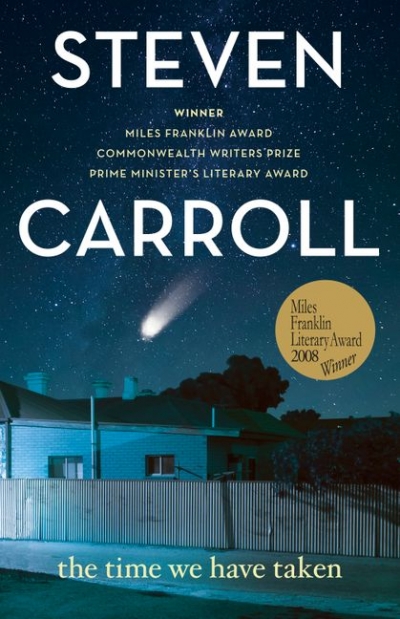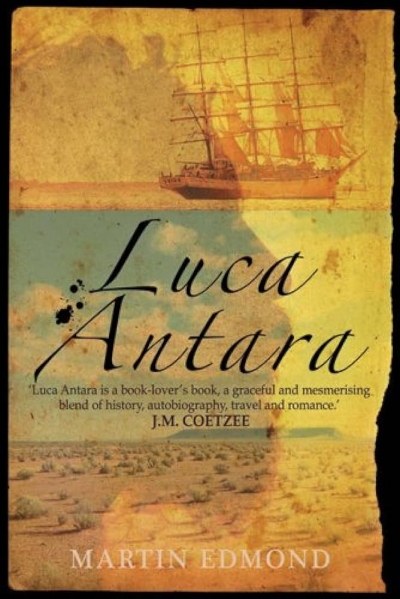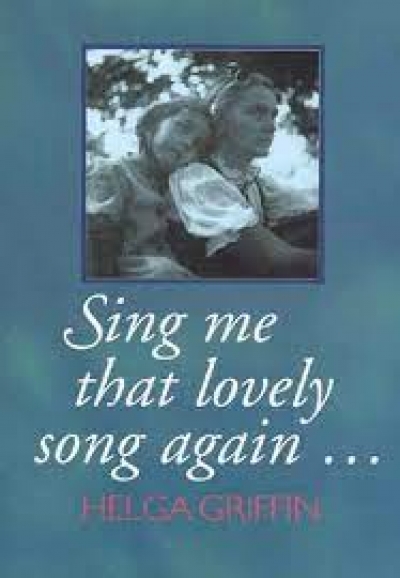This novella is crammed with incident. It includes domestic violence, a decomposing corpse, incest, child abuse, alcoholism, murder, attempted murder, an unnamed and oddly passive baby, guns and a hair-raising cross-country chase. Roy Stamp, a one-legged alcoholic in a car (he can drive), pursues his fourteen-year old daughter, Ruby, and his twelve-year-old son, Mark, because the boy has seen, through the window of a locked shed, the body of their mother. Realising that their father has killed her, the children flee in a van. Despite being bashed over the head (with his wooden leg), being shot in the eye with an air rifle, and being run off the road at high speed, like a cartoon character, Roy seems indestructible and keeps popping up, whatever the children do to get rid of him. Unable to drive, Mark’s contribution is to hold the uncomplaining baby, to shoplift food and disposable nappies, and to steal petrol.
...
(read more)

